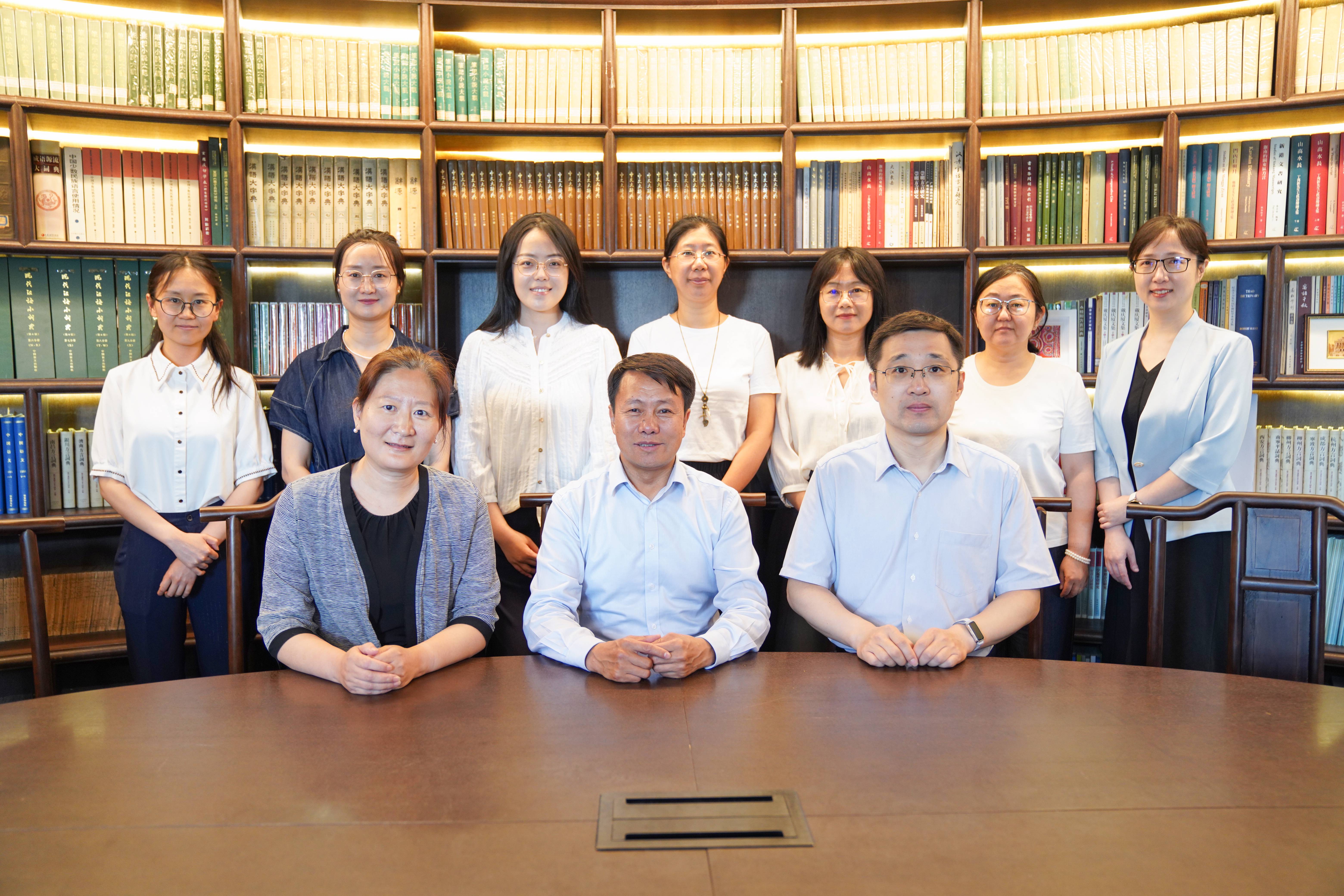Sub laboratories
Current position:Home > Organization > Sub laboratoriesThe Language Resources and Intelligent Technology Sub-laboratory
The research team is primarily based on the Applied Linguistics Research Department and the Lexicography Research Center, with core members affiliated to the "Dengfeng Program" (Peak Climbing Program) in Corpus Linguistics, a special discipline of the institute. The team consists of 3 senior researchers, 3 associate researchers, and 4 assistant researchers, covering multiple fields including linguistics, ethnolinguistics, computational linguistics, artificial intelligence, and lexicography.
The research directions include: (1) Chinese National Corpus Platform: Aiming to build a large-scale, structurally balanced, richly annotated, dynamically updated, and widely applicable Chinese language resource system with open sharing. It integrates efficient functions such as case retrieval, frequency statistics, collocation queries, usage comparisons, and lexical profiling, providing robust infrastructure for language teaching and research. (2)Low-Resource Chinese Language Processing Platform: Focusing on the informatization of under-resourced languages, with current priorities on constructing resource platforms and processing tools for ancient languages and ethnic minority languages.(3)Intelligent Lexicography Platform: Addressing the needs of dictionary compilation in the digital-intelligent era, it leverages large language models (LLMs) to enable extensive retrieval of massive corpora, authoritative dictionaries, and online resources, supporting the editorial work of flagship publications.

Key Laboratory of Linguistics, Chinese Academy of Social Sciences
Tel.: 010-85195394
E-mail: kyc_yys@cass.org.cn
Add. 1:
University of Chinese Academy of Social Sciences (Liangxiang Campus),
No. 11 Changyu Street, Gongchen Sub-district, Fangshan District, Beijing,
102488
Add. 2:
Institute of Linguistics, Chinese Academy of Social Sciences,
No. 5 JianguomenneiStreet,Dongcheng District, Beijing,
100732
